Three hundred and sixty-some days. A year of a pandemic, lived, survived, now behind us; onto the next.
I gained weight, lost weight, didn’t leave the house for days on end, watched approximately all of Netflix, created Calvin and Hobbes collage remixes for 100 days, walked miles and miles, read more than 20 books, ran a 5K, finished two art journals, ate and slept and went to the grocery store (and sometimes Target as a treat) and worked from home every single day.
I saw my family four whole times.
In the midst of all this, I’ve been thinking a lot about change. There’s some poetry in that, as we’re marking the anniversary of the pandemic, spring is arriving.


Change is always hard, even if it’s for the better; it requires us to be open to growth and prepared for discomfort. Choosing change, or being forced into it, requires commitment and vulnerability and hope, and faith that it will all work out. (As Anaïs Nin famously wrote, “And the day came when the risk to remain tight in a bud was more painful than the risk it took to blossom.”)
In the depths of 2020, I read Octavia E. Butler’s Parable of the Sower and Parable of the Talents (both here). Based in a future in the midst of a climate-change-driven apocalypse, the main character builds a religion rooted in and defined by change:
God is Change— Seed to tree, tree to forest; Rain to river, river to sea; Grubs to bees, bees to swarm. From one, many; from many, one; Forever uniting, growing, dissolving— forever Changing. The universe is God’s self-portrait.
In this moment, the world is showing us just how beautiful change can be.
Three hundred and sixty some days later, and the world is still spinning, and change is still constant, and hope still springs eternal.

